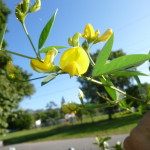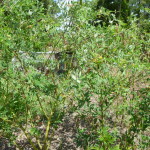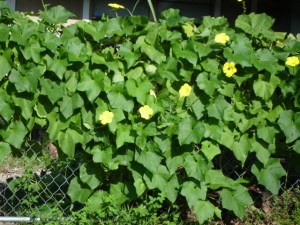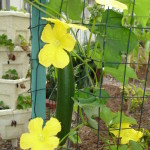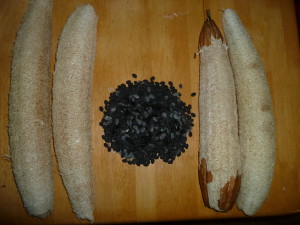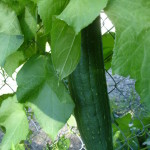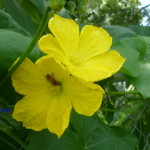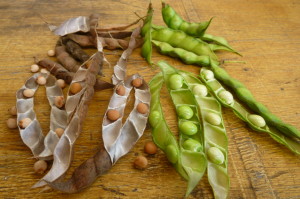 The spring and summer months are an excellent time to get your pigeon pea crops growing, and if you have not yet tried the benefits of this versatile shrub, I highly recommend you get them incorporated into your food production system as soon as possible. They are a quick growing, large shrub that can reach 4-12’ within 6 months and best of all they have a long flowering and production season typically lasting November – May. Botanically named Cajanus cajan it possesses a variety of common names such as congo pea, gungo pea, and red gram. An ancient plant cultivated since pre-historic times, the pigeon pea has been a staple crop in many regions of the world, but it’s much more than just a food crop.
The spring and summer months are an excellent time to get your pigeon pea crops growing, and if you have not yet tried the benefits of this versatile shrub, I highly recommend you get them incorporated into your food production system as soon as possible. They are a quick growing, large shrub that can reach 4-12’ within 6 months and best of all they have a long flowering and production season typically lasting November – May. Botanically named Cajanus cajan it possesses a variety of common names such as congo pea, gungo pea, and red gram. An ancient plant cultivated since pre-historic times, the pigeon pea has been a staple crop in many regions of the world, but it’s much more than just a food crop.
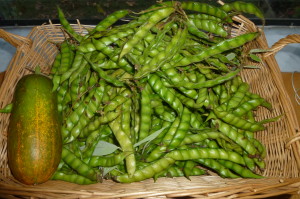 Edible: The peas can be eaten fresh or cooked and are exceptionally high in protein, fiber, potassium, magnesium, and iron. My favorite method of preparation is to steam them in their pods with a little salt and enjoy their nutty meatiness pod by pod. You can boil them with a similar result. They also make an excellent dried legume suitable to long term storage which can be used in just about any pea or bean recipe.
Edible: The peas can be eaten fresh or cooked and are exceptionally high in protein, fiber, potassium, magnesium, and iron. My favorite method of preparation is to steam them in their pods with a little salt and enjoy their nutty meatiness pod by pod. You can boil them with a similar result. They also make an excellent dried legume suitable to long term storage which can be used in just about any pea or bean recipe.
Animal Fodder: Both my chickens and rabbits enjoy munching on the pigeon pea cuttings I give them. The rabbits like the greens and my chickens primarily go for the peas.
Medicinal: The best medicinal benefit is from the nutrition it provides when you eat it, but traditional cultures have applied its different parts to treat constipation, oral issues like gingivitis and ulcers, food poisoning, diabetes, inflammation, and low energy.
Functional: Pigeon Peas can be used as a chop and drop mulch and will fix nitrogen to the soil when you prune them (requires an inoculant such as cow-pea Rhizobium). You can intercrop them with smaller varieties to provide shade and nutrients. The wood from them produces good heat suited to cooking fires. They also make quick growing windbreaks and provide light privacy.
Aesthetically pleasing: The shrubs are large and feathery in appearance with showy flowers raning in colors from yellow to red and yellow in color. The bees are huge fans of these flowers.
Growing Information:
While you can plant pigeon peas anytime of the year, in SW Florida the best time to plant them is in the spring to early summer as this will allow them to reach their full height before the days grow shorter and they start to bloom. They are very heat tolerant and perform best in our hot and moist conditions. They are perennial living 3-5 years, but are often grown as an annual crop with best production in the 1st and 2nd years.
Starting plants:
Direct seed or transplant
Planting depth from seed ¾” – 1 ½”.
Germinates in 10-14 days.
Spacing: 5-6’.
Nutrition: These plants are low fertility tolerant as well as drought tolerant once established .
Additional information for the botanical geek in you.
Pigeon Pea is a deep taprooted perennial shrub with trifoliate, alternate leaves which spiral around the stem. The pods are flat and pubescent. The inflorescence occurs in racemes.
Where can I get some of these plants? I have both seeds and transplants available at the Alliance for the Art’s Green Market on Saturday mornings from 9:00a – 1:00p or you can seed order by mail (web shopping coming soon!).

